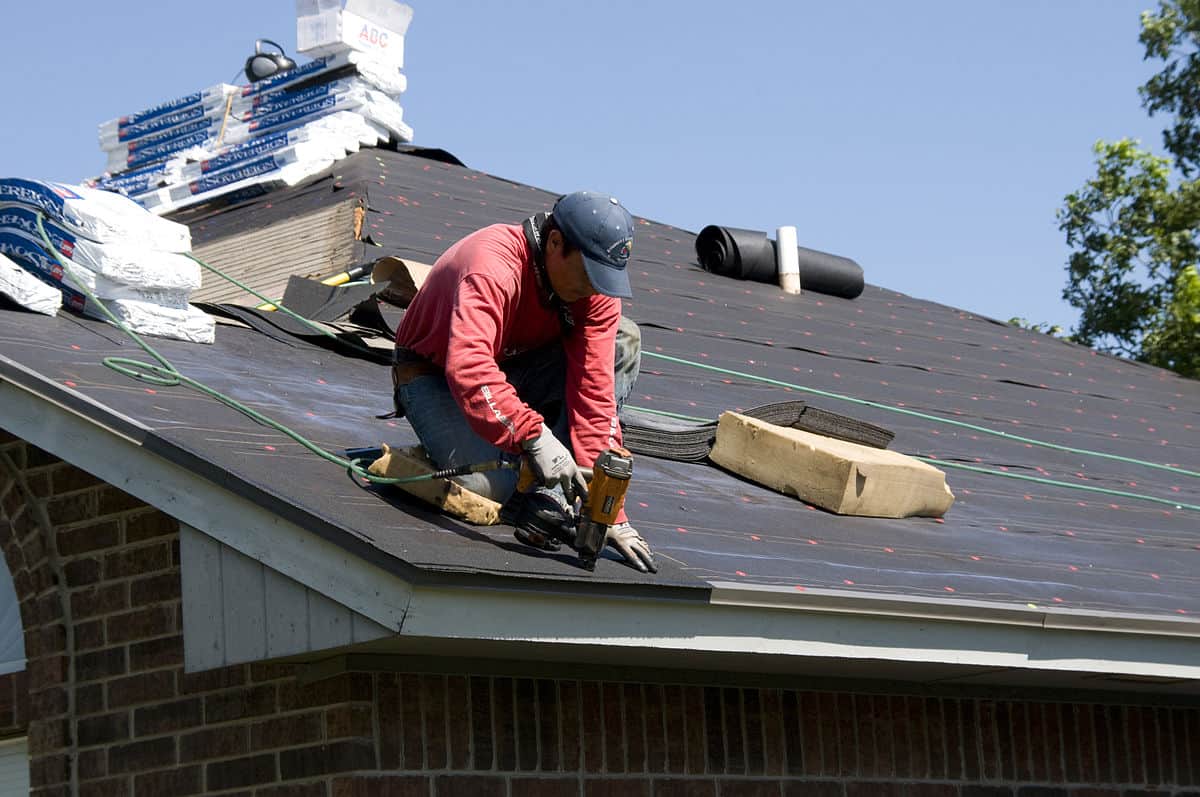How Gainesville Roofing Companies Can Transform Your Home's Outside
How Gainesville Roofing Companies Can Transform Your Home's Outside
Blog Article
Best Practices for Ensuring Proper Roof Air Flow
A balanced intake and exhaust vent ratio, typically 1:300, plays a pivotal duty, with consumption vents preferably positioned at the reduced edge of the roofing system for cool air entry and exhaust vents at the peak for warm air departure. Keeping insulation away from vents is essential to stop airflow limitation.
Understand Ventilation Fundamentals
Effectively recognizing air flow essentials is essential for guaranteeing the long life and effectiveness of roof. Efficient air flow alleviates wetness build-up and temperature level extremes in the attic room, both of which can bring about substantial structural damage in time. A well-ventilated roof assists in preventing usual concerns such as mold growth, timber rot, and ice dams, which can compromise the integrity of the roof materials and the underlying frameworks.
The key objective of ventilation is to facilitate the activity of air, permitting a constant exchange in between the exterior and indoor atmospheres. This equilibrium is achieved via a combination of intake and exhaust vents that collaborate to keep optimum air flow. Consumption vents, typically located along the eaves or soffits, allow fresh air to get in the attic room room, while exhaust vents, frequently positioned at or near the roof ridge, allow warm, humid air to get away.
Trick elements influencing the effectiveness of roof ventilation consist of appropriate positioning, appropriate sizing, and guaranteeing that both intake and exhaust vents are unobstructed. Routine assessment and upkeep are crucial to recognize prospective blockages, damage, or ineffectiveness in the ventilation system, thereby guarding the roof covering's performance and durability.
Sorts Of Roofing Vents
Roofing system vents play a vital role in maintaining effective attic room air flow and, by expansion, the total health of the roofing system. Different kinds of roofing vents are readily available, each with unique advantages tailored to specific roofing demands. Ridge vents, for instance, are set up along the roof's height, permitting warm, damp air to leave from the attic room. They supply constant ventilation and blend flawlessly with the roofline, making them both effective and aesthetically pleasing.

Soffit vents are installed under the eaves and operate in tandem with roofing vents to make certain a balanced intake and exhaust system. By allowing cooler air to go into from below, soffit vents facilitate the expulsion of warm air via top vents. Gable vents, situated on the exterior walls of the attic, deal one more efficient service, particularly in homes with saddleback roofs.
Analyze Your Existing Air Flow

Next, take into consideration the age and problem of your roof covering materials and ventilation elements. Older systems may not abide by current building ordinance or might have weakened gradually, reducing their effectiveness. Conduct a complete exam to identify any indications of deterioration, such as corrosion, damages, or spaces that can endanger the system's efficiency.
In addition, measure the attic room temperature level and humidity degrees. High temperature levels and moisture can suggest poor ventilation.
Installment Best Practices
Efficient setup of roof covering air flow systems is paramount for ensuring optimal efficiency and long life. Appropriate installation starts with recognizing the certain ventilation needs of the roofing system and the structure it covers. This entails determining the appropriate ratio of consumption to exhaust vents, typically adhering to the 1:300 guideline, which specifies one square foot of ventilation for each 300 square feet of attic room floor you can find out more room.

Consumption vents need to be installed at the roof's reduced side, typically in the soffits, to permit cool air to enter. Exhaust vents, on the various other hand, should be mounted near or at the roofing's top to help with the exit of warm, wet air.
Seal all air vent connections meticulously to stop air leakages and potential water infiltration. Usage top notch materials and comply with maker standards to make certain sturdiness and performance. Furthermore, integrating ridge vents with baffles can considerably improve air movement performance by avoiding wind-driven rainfall and snow from going into the attic.
Inevitably, exact installation of roofing ventilation systems reduces possible concerns such as mold growth, ice dams, and architectural damage, guaranteeing the roofing system's honesty and the structure's general health and wellness.
Normal Maintenance Tips
Consistency in maintenance practices is essential to making sure the lasting efficiency of roof air flow systems. During these assessments, ensure that vents are totally free of debris, nests, and various other obstructions that could restrain air movement.
Cleaning up the vents is another necessary job. Utilize a soft brush More about the author or a vacuum cleaner to get rid of dust and particles from consumption and exhaust vents. Be cautious not to damage the air vent displays or louvers during the process. In addition, evaluate the attic room area for any type of signs of water damages, which might endanger the stability of the roof.
Appropriate insulation is just as important. Guarantee that attic insulation does not block the vents, as this can seriously restrict airflow. Reposition or replace it to preserve a reliable obstacle. if any type of insulation has actually moved or cleared up.
Last but not least, replace any kind of damaged or missing elements immediately. Damaged vents, cracked roof shingles, or worn-out blinking can all add to insufficient ventilation and needs to be attended to immediately. Routine upkeep makes sure that the roof covering air flow system functions efficiently, thus expanding the lifespan of the roof covering itself.
Conclusion
Guaranteeing correct roofing ventilation is critical for maintaining the efficiency and longevity of a roof system. Adherence to the 1:300 consumption and exhaust vent proportion, coupled with the strategic positioning of vents, is crucial. Regular semiannual inspections, debris cleansing, and guaranteeing insulation does not obstruct airflow are crucial techniques. Carrying out these finest practices will cultivate a well-ventilated roof, thus alleviating prospective issues connected to moisture build-up and extreme warm, inevitably extending the roofing system's life expectancy.
A balanced consumption and exhaust vent proportion, commonly 1:300, plays an essential duty, with intake vents ideally placed at the lower side of the roofing for awesome air access and exhaust vents at the top for cozy air exit. Consumption vents, typically located along the soffits or eaves, enable fresh air to enter the attic room, while exhaust vents, commonly located at or near the roof covering ridge, enable hot, damp air to run away.
Soffit vents are installed under the eaves and job in tandem with roof covering vents to ensure a balanced consumption and exhaust system. By his comment is here enabling cooler air to get in from below, soffit vents facilitate the expulsion of hot air with top vents. Adherence to the 1:300 intake and exhaust air vent ratio, paired with the strategic positioning of vents, is necessary.
Report this page